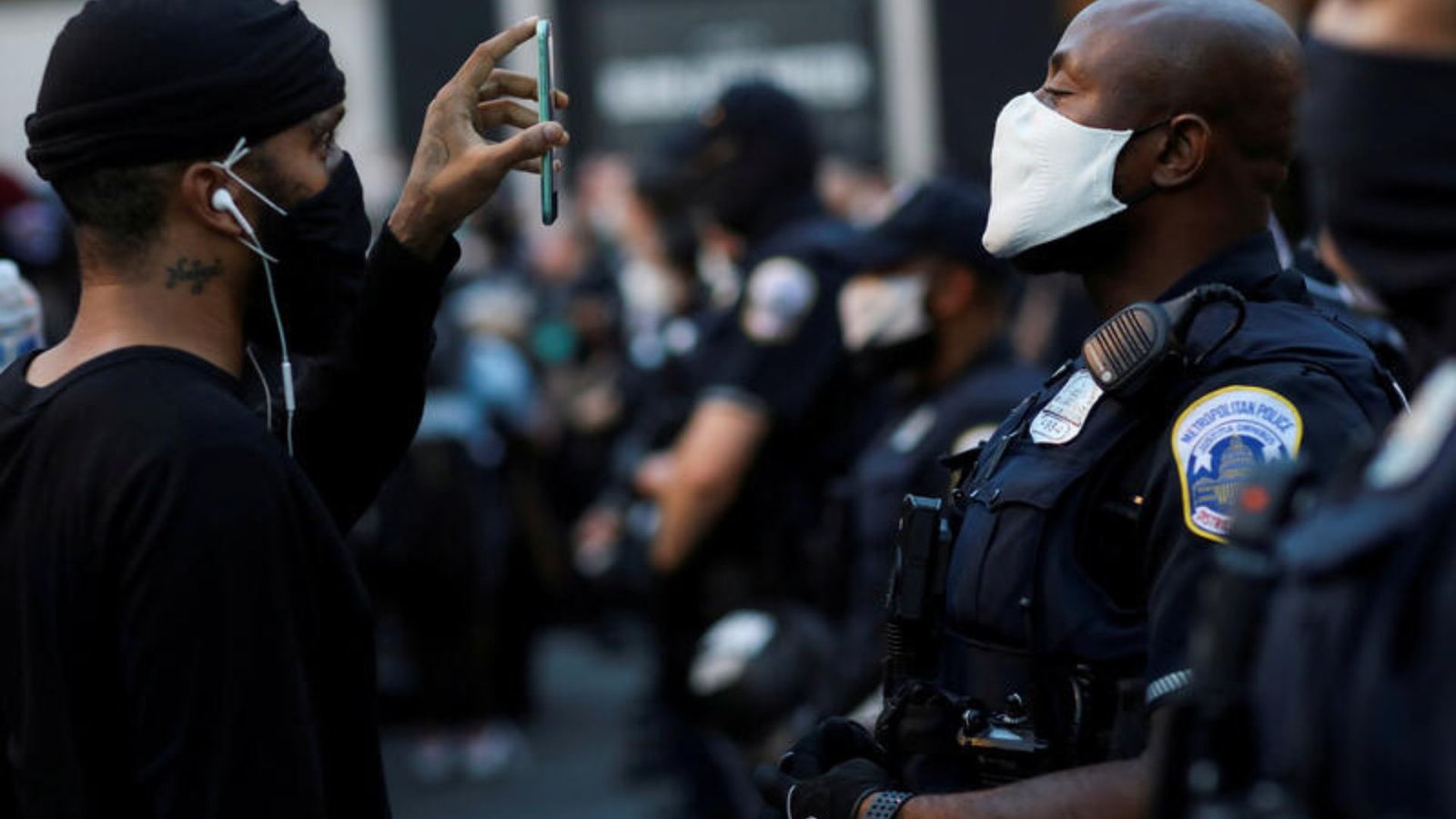Media bias refers to the perceived or real partiality of news outlets and journalists in reporting stories. Recognizing media bias is crucial for informed citizenship and responsible media consumption. This article explores how to identify media bias, the types of bias that exist, and why understanding it is essential for a well-functioning democracy.

Understanding Media Bias
What Is Media Bias?
Media bias occurs when news coverage favors one perspective or ideology over another, affecting how information is presented. Bias can manifest through selective reporting, the framing of stories, and the use of language that influences audience perception.
Types of Media Bias
Common types of media bias include:
- Coverage Bias: Focusing on certain stories while ignoring others, influencing public perception of what is important.
- Selection Bias: Choosing specific facts or sources that support a particular viewpoint.
- Language Bias: Using loaded or emotionally charged language to sway audience opinions.
- Placement Bias: Positioning stories in a way that highlights certain narratives, such as placing negative news prominently while downplaying positive news.
Identifying Media Bias
Evaluate the Source
Start by assessing the news outlet’s reputation. Established organizations often adhere to journalistic standards, while smaller or newer outlets may lack such rigor. Research the outlet’s ownership, funding, and editorial policies to uncover potential biases.
Analyze Language and Tone
Pay attention to the language used in articles. Biased reporting may include sensationalist language, stereotypes, or emotionally charged phrases that suggest a particular viewpoint. Objective reporting typically uses neutral language and avoids emotionally charged words.
Check for Balance
Look for balance in reporting. Does the article include multiple viewpoints, or does it overwhelmingly support one side? A well-rounded piece will present opposing arguments and give voice to various perspectives.
Fact-Check Claims
Verify the claims made in the article using reliable fact-checking websites. If the piece makes assertions without supporting evidence, it may indicate bias. Look for sources that cite data or studies rather than relying on opinion alone.
The Importance of Recognizing Media Bias
Informed Citizenship
Understanding media bias is essential for informed decision-making. Being aware of biases allows individuals to critically evaluate the information they consume, enabling them to form well-rounded opinions based on diverse viewpoints.
Trust in Media
When audiences recognize and understand media bias, they can better navigate the media landscape and develop a healthier skepticism toward news. This fosters critical thinking and encourages engagement with a range of sources, enhancing trust in journalism as a whole.
Promoting Democracy
A well-informed public is vital for a functioning democracy. By recognizing media bias, citizens can hold media organizations accountable and demand higher standards of reporting, ensuring that diverse perspectives are represented in public discourse.
Tools for Evaluating Media Bias
Media Bias Chart
Resources like the Media Bias Chart categorize news outlets based on their political leanings and reliability. These charts provide a quick reference for identifying potential biases in different sources.
Fact-Checking Websites
Websites such as Snopes, FactCheck.org, and PolitiFact are valuable for verifying claims made in the media. These platforms assess the accuracy of statements and provide context for understanding complex issues.
Cross-Referencing Sources
Reading news from multiple outlets can help identify bias. By comparing how different sources report the same story, readers can gain a more comprehensive understanding of the issue.
Conclusion
Recognizing media bias is essential for navigating today’s complex media landscape. By understanding how bias manifests and employing strategies to identify it, individuals can engage with news more critically and make informed decisions. In a world where information is abundant and opinions are varied, the ability to discern bias not only enhances personal understanding but also promotes a healthier democracy. By fostering media literacy, we can contribute to a more informed and engaged society, ensuring that diverse perspectives are heard and considered.











